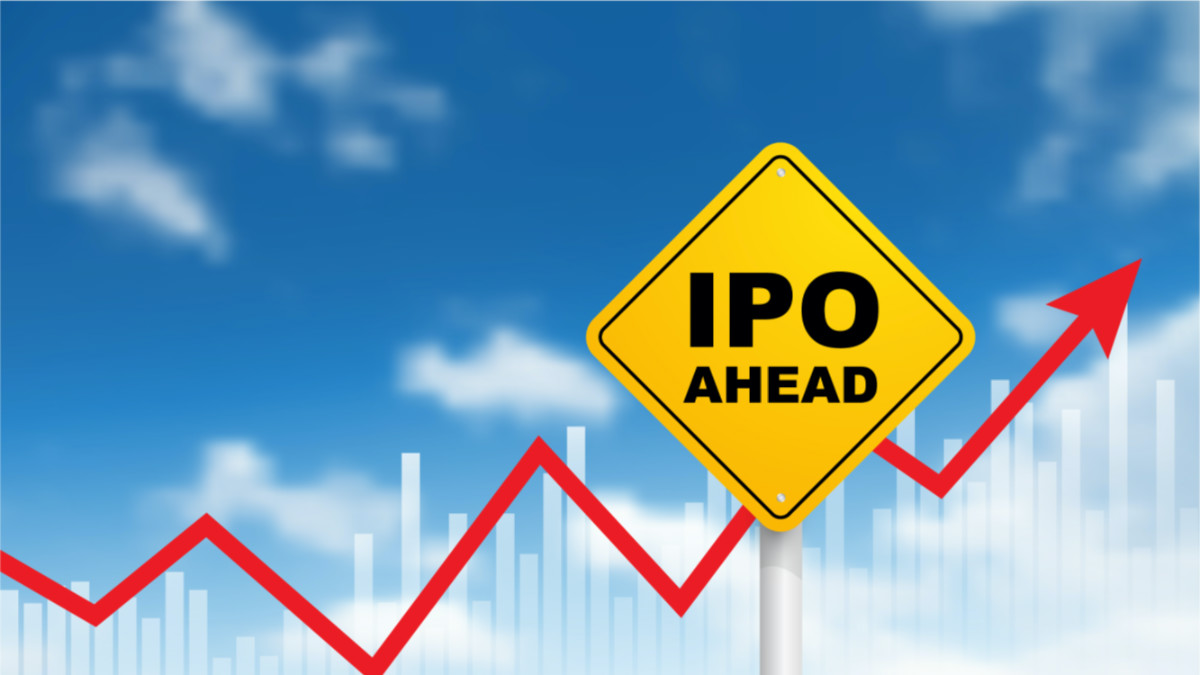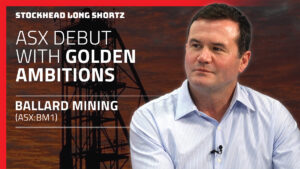Explainer: Can I access pre-IPO deals in Australia and what are the risks involved?

Road sign - "IPO ahead"
Investors in many IPOs in Australia have done well in recent months, but what if you could’ve got in even earlier – at the pre-IPO stage?
Companies that get to the IPO stage typically have raised money at earlier stages in their lives and typically there is a “pre-IPO” round some months before listing.
But options for retail investors to access such deals are few and far between and there is the risk that the company may not end up listing.
Stockhead caught up with Tom Fairchild from Conrad Capital to gain insights into this mysterious area of investing.
Can I invest in pre-IPO deals in Australia?
Typically if you’re a retail investor in Australia you cannot access pre-IPO deals.
This isn’t because there is formal ban on retail investors investing in pre-IPO deals. But there is far more stringent regulation around offering securities to them as opposed to sophisticated and professional investors which makes the process more time-consuming and costly.
“If you open up pre-IPO capital raisings to retail investors you would need to do a full prospectus,” Fairchild explained.
“And that is expensive. Companies when they’re at that stage like to get their money quickly so they tend to access the wholesale market, which is the sophisticated investor and broker market.
“The way for retail investors is to bid through their broker – they would have to have a retail stock broker and the retail broker would need to get an allocation – and do it that way.”
When just marketing to sophisticated investors, companies can do a simple term sheet and the law regards sophisticated investors as able to make decisions with less information.
Do companies which raise pre-IPO money have to IPO?
The answer is again no – and even more firmly.
“There’s a lot of companies that raise money at pre-IPO and they don’t end up listing,” Fairchild told Stockhead.
“So you end up holding a private company that you’ve been able to get into but can’t get out of. That happens a lot and that’s one of the greatest risks.
“That’s why wholesaler investors who can accept that risk can get a look in at the pre-IPO because they can take on that risk.”
Even if companies want to list, it’s ultimately at the bourse’s discretion.
“At the end of the day it’s the ASX’s decision and there are very stringent guidelines you must follow,” Fairchild said.
“It costs up to $1 million to list on the ASX, you have to have 1.5 years of working capital, 3 years of audited accounts, 300 shareholders with a minimum parcel of $2000 worth of shares each – that’s called the spread.
“And then there’s obviously the risk of not being admitted and not being able to satisfy the listing rules.
“You have to have a market capitalisation of $15 million or $4 million of net tangible assets or you have to be making a profit – the company has to be profitable.
“You can be admitted under the assets or profit test and sometimes when it’s pre-IPO, companies aren’t at that stage yet, so that is another risk.”
Can you make profits from pre-IPO?
But if it all goes well and the company does list, pre-IPO shareholders can make even more money than shareholders who only got in at the IPO stage.
Brokers will typically price the pre-IPO lower than the IPO price – offering a significant carrot to invest earlier.
“There is generally always an uplift between the pre-IPO and IPO, that varies based on the time it might take to list so the more risk there is the lower the price,” Fairchild said.
“So if the company doesn’t have a board of directors for example, hasn’t got audited accounts done, hasn’t done a pre-submission to the ASX to get agreement in principle they might do a pre-IPO at 10 cents and look to list at 20 so you’re getting that 100 per cent up lift.
“If a company is far more advanced you might see them raise money at 15 or 16 cents for a 20 cent listing.
“The earlier it is and the more work there is to do, the lower valuation at that pre-round.”
Have there been any hot pre-IPO deals in Australia recently?
Fairchild noted a B2B-focused BNPL company called BizPay that recently did a pre-IPO raise at 16 cents but didn’t automatically proceed to the IPO.
“They did a pre-IPO round and then got some interest in some of the leading BNPL players in this country and they decided to do a strategic placement to these people to get them on the register and have done essentially another pre-IPO round,” he said.
“That’s a good example of a company that’s gone to the market pre-IPO and added a lot more value by attracting these strategic investors.
“That will ensure the success of the IPO – that’s a very good example.”
The Australian Financial Review reports the company is aiming for a listing in the next 12 months and would then be valued at over $400 million.
Related Topics
UNLOCK INSIGHTS
Discover the untold stories of emerging ASX stocks.
Daily news and expert analysis, it's free to subscribe.
By proceeding, you confirm you understand that we handle personal information in accordance with our Privacy Policy.








